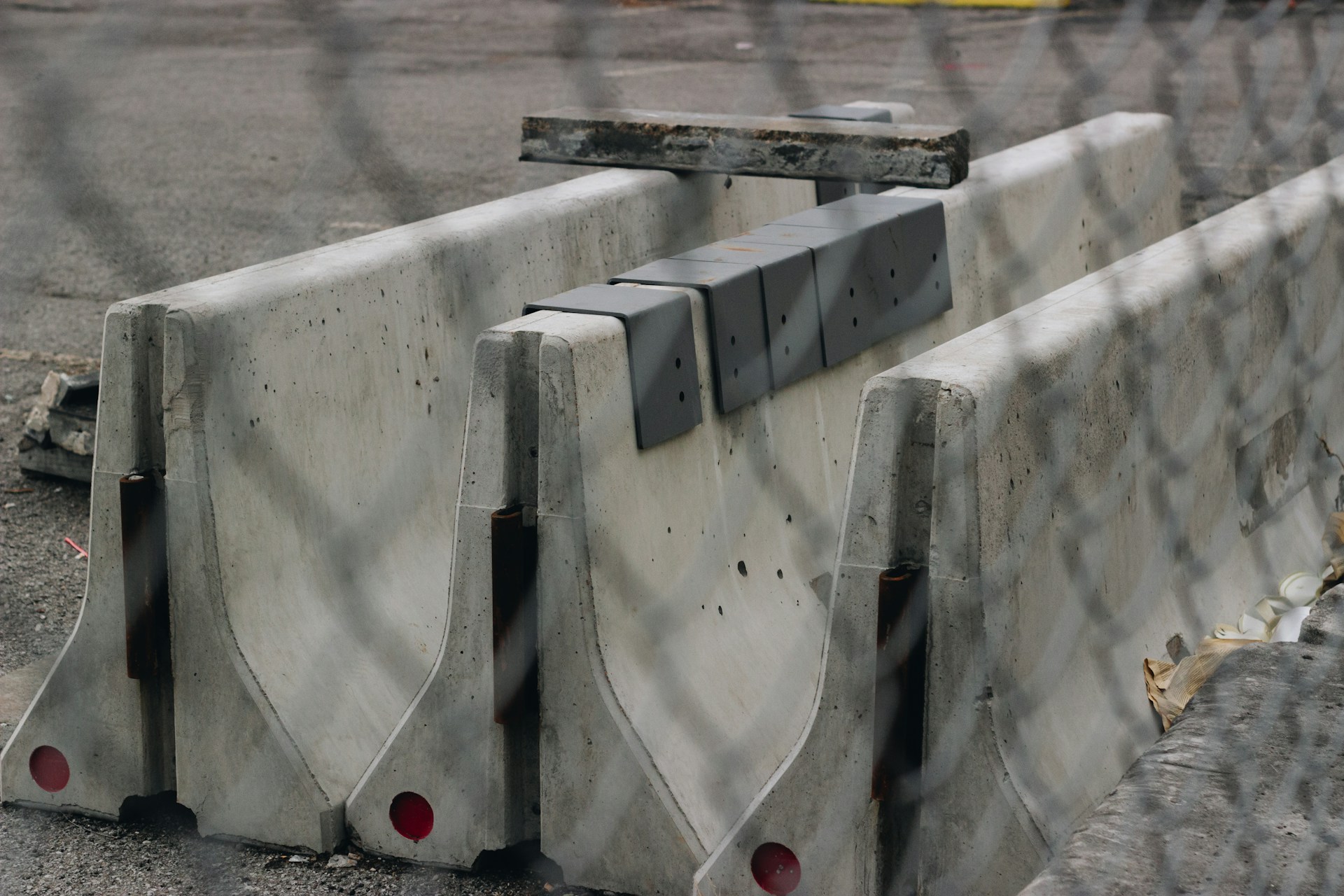Best Concrete Barriers for Construction Projects in 2025

Concrete barriers play an important role in keeping construction sites safe and organized. They separate traffic from work zones, guide vehicle flow, and help protect both workers and the public. Choosing the right barrier type can improve safety, meet project requirements, and help control costs.
In 2025, projects have access to several proven barrier designs that meet modern standards. Each type serves a specific purpose, from highway lane separation to site security. Knowing the differences allows project teams to select the best option for their needs without wasting time or resources.
48 Barriers
This supplier offers new and used concrete highway barriers, including Jersey barriers and K-Rails. These products suit road projects, construction zones, and traffic control needs. Buyers can choose from different sizes and conditions to match their project requirements.
They also provide options for short-term or long-term use. Renting can reduce costs for transportation, storage, and repairs, which benefits temporary construction sites or event setups. Purchasing may work better for projects that require permanent installations.
Contractors seeking the best concrete barriers for construction can find both standard and specialty designs. Some models focus on safety and traffic separation, while others add features like forklift slots for easier placement.
The variety allows teams to match barriers to specific site conditions. For example, heavy-duty units can handle high-impact areas, while lighter models work well for quick traffic redirection. This flexibility helps keep projects on schedule and within budget.
F-Shape Barrier
The F-Shape barrier is a precast concrete traffic barrier designed to separate lanes and improve safety in work zones. Its profile uses a lower sloped face to guide vehicles back toward the roadway during low-speed impacts. This design helps maintain vehicle stability and direction.
Compared to older barrier shapes, the F-Shape has a slightly lower height at the point of impact. This adjustment reduces the chance of vehicle lift during collisions. As a result, it can limit damage to both vehicles and occupants under certain conditions.
Contractors often use F-Shape barriers on highways, bridge projects, and temporary lane divisions. They can be installed in sections, which allows crews to adjust layouts as project needs change.
These barriers are built from durable concrete and can withstand repeated impacts. Their design also allows them to connect securely to form continuous protection along a work zone or median. This makes them a practical choice for many construction environments in 2025.
New Jersey Concrete Barrier
The New Jersey concrete barrier is one of the most common choices for road and construction safety. It features a sloped design that redirects vehicles back toward their lane, which helps reduce the chance of a severe crash. Its shape also allows it to perform well in high-traffic areas.
These barriers are usually made from precast concrete, which allows for consistent quality and quick installation. They are heavy enough to stay in place under normal impact but can still be moved with proper equipment. This makes them practical for both temporary and long-term projects.
In addition to traffic separation, they can protect workers and equipment from passing vehicles. Their solid construction also helps block debris from entering active lanes. As a result, they serve as a dependable safety measure on highways, bridge work zones, and urban streets.
Different lengths and heights are available to match specific site needs. This flexibility allows project planners to choose the right size for safety and space requirements.
T-Wall Barrier
A T-Wall barrier uses precast concrete units shaped like the letter “T.” The vertical face forms the wall, while the perpendicular base provides stability against pressure from soil or impact. This design allows it to stand without deep foundations in many situations.
These barriers work well for grade separation, retaining soil, and creating secure perimeters. They can also help control traffic or protect sensitive areas from low-level blasts and debris. Their modular form allows quick transport and assembly on site.
Each unit connects with engineered backfill to improve strength and stability. The design supports both temporary and permanent uses in construction projects. Heights and dimensions vary, making it possible to match the barrier to specific site needs.
Because they use precast concrete, T-Walls can be produced off-site and delivered ready for installation. This reduces on-site labor and speeds up project timelines. The solid construction also offers long service life with minimal maintenance.
K-Rail Barrier
K-Rail barriers, also called Jersey barriers, are a common choice for traffic control and site safety. They are made of precast concrete and often reinforced with steel for added strength. Their weight and design allow them to stay in place under normal traffic impact.
These barriers help separate work zones from active traffic lanes. They guide vehicles along a safe route and reduce the chance of cars entering restricted areas. As a result, they improve safety for drivers and construction crews.
K-Rails can serve as either temporary or permanent barriers. Crews can move them with heavy equipment, which makes them practical for projects that change over time. Their modular design allows sections to connect for longer runs.
Different lengths and profiles are available to meet project needs. For example, shorter sections may fit tight spaces, while longer ones work well for highway medians. This flexibility makes them suitable for a wide range of construction and road projects.
Conclusion
Concrete barriers give construction projects a strong, long-term safety solution. They help control traffic, protect workers, and separate work zones from active roads. Their durability allows reuse across multiple sites, which reduces waste and replacement costs.
Different designs suit different needs, from temporary traffic control to permanent site protection. Choosing the right type depends on factors such as location, expected impact force, and project length.
In 2025, the best options balance strength, ease of placement, and adaptability. By matching barrier type to project demands, teams can maintain safety and efficiency throughout the work period.
Published 8/14/25